
Schoenus compar is a species of sedge endemic to southern South Africa.

Schoenus arenicola is a species of sedge endemic to the south-west coast of South Africa.
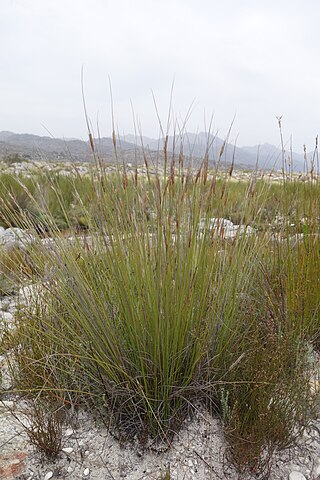
Schoenus pictus is a species of sedge endemic to the Western Cape Province of South Africa. It is a species usually found on mountain slopes.
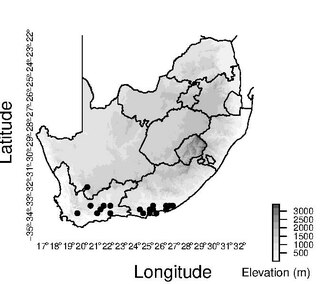
Schoenus megacarpus is a species of sedge endemic to the south-central region of South Africa.
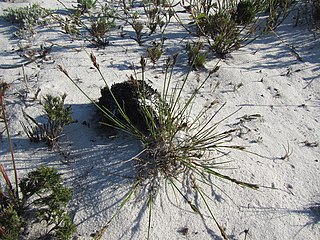
Schoenus auritus is a species of sedge endemic to southern and eastern South Africa.

Schoenus ligulatus is a species of sedge endemic to the western regions of the Western Cape Province of South Africa.
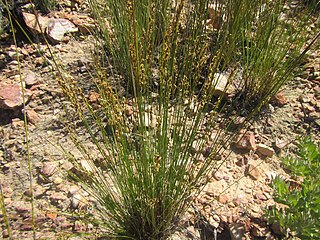
Schoenus submarginalis is a species of sedge endemic to the mountains of the Western and Eastern Cape provinces of South Africa.

Schoenus limosus is a species of sedge endemic to the KwaZulu-Natal and Eastern Cape provinces of South Africa. It is predominantly a species of wet grasslands, which explains its common name.
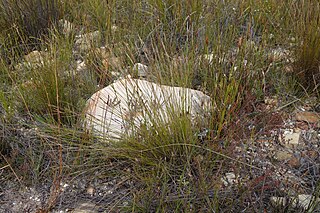
Schoenus bracteosus is a species of sedge endemic to the mountains of southern South Africa.
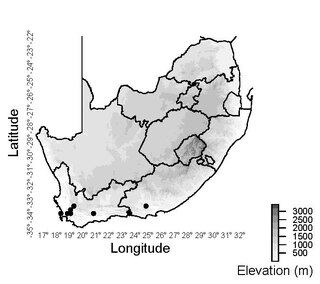
Schoenus adnatus is a species of sedge endemic to mountainous locations in southern regions of South Africa.

Schoenus complanatus is a species of sedge endemic to the western mountains of the Western Cape Province of South Africa.

Schoenus quadrangularis is a species of sedge endemic to mountainous of southern South Africa.
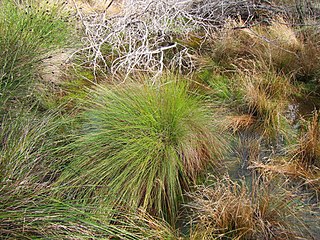
Schoenus gracillimus is a species of sedge endemic to the Western Cape Province of South Africa.

Schoenus lucidus is a species of sedge endemic to the western mountains of the Western Cape Province of South Africa.
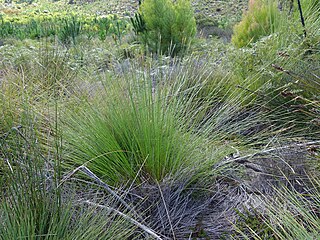
Schoenus neovillosus is a species of sedge endemic to the south-western mountains of the Western Cape Province of South Africa.

Schoenus australis is a species of sedge endemic to locations near the southern coast of South Africa.
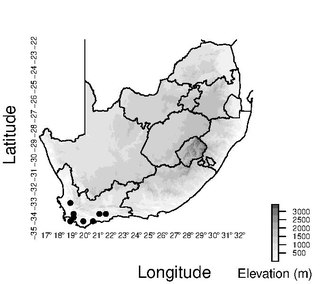
Schoenus brunnescens is a species of sedge endemic to the Western Cape Province of South Africa.
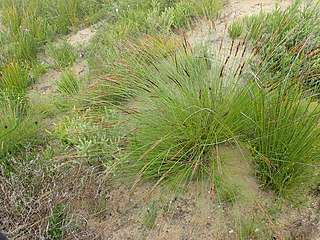
Schoenus graciliculmis is a species of sedge endemic to regions of the southern Eastern Cape Province and nearby regions of the Western Cape Province of South Africa.

Schoenus crinitus is a species of sedge endemic to the Worcester region of the Western Cape Province of South Africa.

Schoenus rigidus is a species of sedge endemic to locations near central regions of the southern coast of South Africa.
































